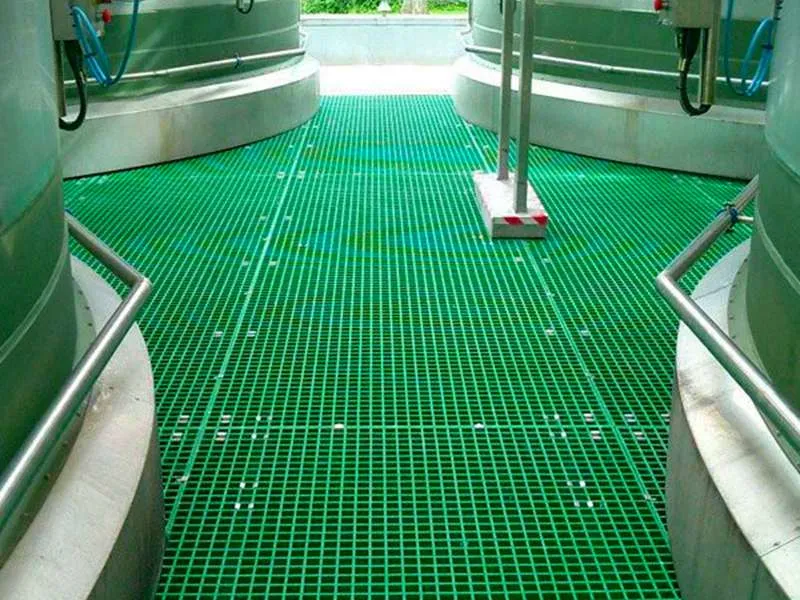
-
 Afrikaans
Afrikaans -
 Albanian
Albanian -
 Amharic
Amharic -
 Arabic
Arabic -
 Armenian
Armenian -
 Azerbaijani
Azerbaijani -
 Basque
Basque -
 Belarusian
Belarusian -
 Bengali
Bengali -
 Bosnian
Bosnian -
 Bulgarian
Bulgarian -
 Catalan
Catalan -
 Cebuano
Cebuano -
 China
China -
 China (Taiwan)
China (Taiwan) -
 Corsican
Corsican -
 Croatian
Croatian -
 Czech
Czech -
 Danish
Danish -
 Dutch
Dutch -
 English
English -
 Esperanto
Esperanto -
 Estonian
Estonian -
 Finnish
Finnish -
 French
French -
 Frisian
Frisian -
 Galician
Galician -
 Georgian
Georgian -
 German
German -
 Greek
Greek -
 Gujarati
Gujarati -
 Haitian Creole
Haitian Creole -
 hausa
hausa -
 hawaiian
hawaiian -
 Hebrew
Hebrew -
 Hindi
Hindi -
 Miao
Miao -
 Hungarian
Hungarian -
 Icelandic
Icelandic -
 igbo
igbo -
 Indonesian
Indonesian -
 irish
irish -
 Italian
Italian -
 Japanese
Japanese -
 Javanese
Javanese -
 Kannada
Kannada -
 kazakh
kazakh -
 Khmer
Khmer -
 Rwandese
Rwandese -
 Korean
Korean -
 Kurdish
Kurdish -
 Kyrgyz
Kyrgyz -
 Lao
Lao -
 Latin
Latin -
 Latvian
Latvian -
 Lithuanian
Lithuanian -
 Luxembourgish
Luxembourgish -
 Macedonian
Macedonian -
 Malgashi
Malgashi -
 Malay
Malay -
 Malayalam
Malayalam -
 Maltese
Maltese -
 Maori
Maori -
 Marathi
Marathi -
 Mongolian
Mongolian -
 Myanmar
Myanmar -
 Nepali
Nepali -
 Norwegian
Norwegian -
 Norwegian
Norwegian -
 Occitan
Occitan -
 Pashto
Pashto -
 Persian
Persian -
 Polish
Polish -
 Portuguese
Portuguese -
 Punjabi
Punjabi -
 Romanian
Romanian -
 Russian
Russian -
 Samoan
Samoan -
 Scottish Gaelic
Scottish Gaelic -
 Serbian
Serbian -
 Sesotho
Sesotho -
 Shona
Shona -
 Sindhi
Sindhi -
 Sinhala
Sinhala -
 Slovak
Slovak -
 Slovenian
Slovenian -
 Somali
Somali -
 Spanish
Spanish -
 Sundanese
Sundanese -
 Swahili
Swahili -
 Swedish
Swedish -
 Tagalog
Tagalog -
 Tajik
Tajik -
 Tamil
Tamil -
 Tatar
Tatar -
 Telugu
Telugu -
 Thai
Thai -
 Turkish
Turkish -
 Turkmen
Turkmen -
 Ukrainian
Ukrainian -
 Urdu
Urdu -
 Uighur
Uighur -
 Uzbek
Uzbek -
 Vietnamese
Vietnamese -
 Welsh
Welsh -
 Bantu
Bantu -
 Yiddish
Yiddish -
 Yoruba
Yoruba -
 Zulu
Zulu
Feb . 14, 2025 08:22
Back to list
fiberglass fitting
Fiberglass fittings have become indispensable in various industrial applications due to their remarkable characteristics and versatility. These components find relevance in sectors such as construction, marine, automotive, and chemical processing. They are constructed from glass fiber-reinforced plastic (FRP), which provides exceptional strength, durability, and corrosion resistance. This article delves into the essential benefits, applications, and the precise selection criteria of fiberglass fittings, offering readers a comprehensive guide grounded in experience and expertise.
Authoritative voices in the industry emphasize that fiberglass fittings also provide excellent electrical insulation, an essential trait for applications involving electrical equipment. This characteristic ensures that they are safely used in conjunction with electrical installations without the risk of electrical conduction, thereby preventing accidents and enhancing safety protocols in electrical environments. When selecting fiberglass fittings, one must evaluate several factors to ensure optimal performance and application-specific suitability. Understanding the pressure and environmental conditions they will be exposed to is essential. Proper selection ensures that the fittings can handle the expected mechanical stresses and environmental challenges. It is also crucial to consider the resin type used in the fiberglass composition, as different resins impart varying levels of resistance to chemicals and UV exposure. The process of choosing a provider for fiberglass fittings should be guided by trustworthiness and proven expertise in manufacturing. Companies with a track record of quality assurance and a commitment to innovation in FRP technology are preferable. Verifying their industry certifications and customer testimonials can provide insights into their reliability and the quality of their products. In conclusion, the shift towards fiberglass fittings in numerous industries is underpinned by their superior properties — durability, lightweight nature, thermal stability, and safety in electrical applications. For professionals in the relevant fields, understanding the full scope of applications and selection criteria is vital to harness the potential advantages these advanced materials offer. A strategic investment in high-quality fiberglass fittings not only extends the lifespan of infrastructure and components but also enhances performance while ensuring safety and compliance with industry standards.


Authoritative voices in the industry emphasize that fiberglass fittings also provide excellent electrical insulation, an essential trait for applications involving electrical equipment. This characteristic ensures that they are safely used in conjunction with electrical installations without the risk of electrical conduction, thereby preventing accidents and enhancing safety protocols in electrical environments. When selecting fiberglass fittings, one must evaluate several factors to ensure optimal performance and application-specific suitability. Understanding the pressure and environmental conditions they will be exposed to is essential. Proper selection ensures that the fittings can handle the expected mechanical stresses and environmental challenges. It is also crucial to consider the resin type used in the fiberglass composition, as different resins impart varying levels of resistance to chemicals and UV exposure. The process of choosing a provider for fiberglass fittings should be guided by trustworthiness and proven expertise in manufacturing. Companies with a track record of quality assurance and a commitment to innovation in FRP technology are preferable. Verifying their industry certifications and customer testimonials can provide insights into their reliability and the quality of their products. In conclusion, the shift towards fiberglass fittings in numerous industries is underpinned by their superior properties — durability, lightweight nature, thermal stability, and safety in electrical applications. For professionals in the relevant fields, understanding the full scope of applications and selection criteria is vital to harness the potential advantages these advanced materials offer. A strategic investment in high-quality fiberglass fittings not only extends the lifespan of infrastructure and components but also enhances performance while ensuring safety and compliance with industry standards.
Next:
Related Products









